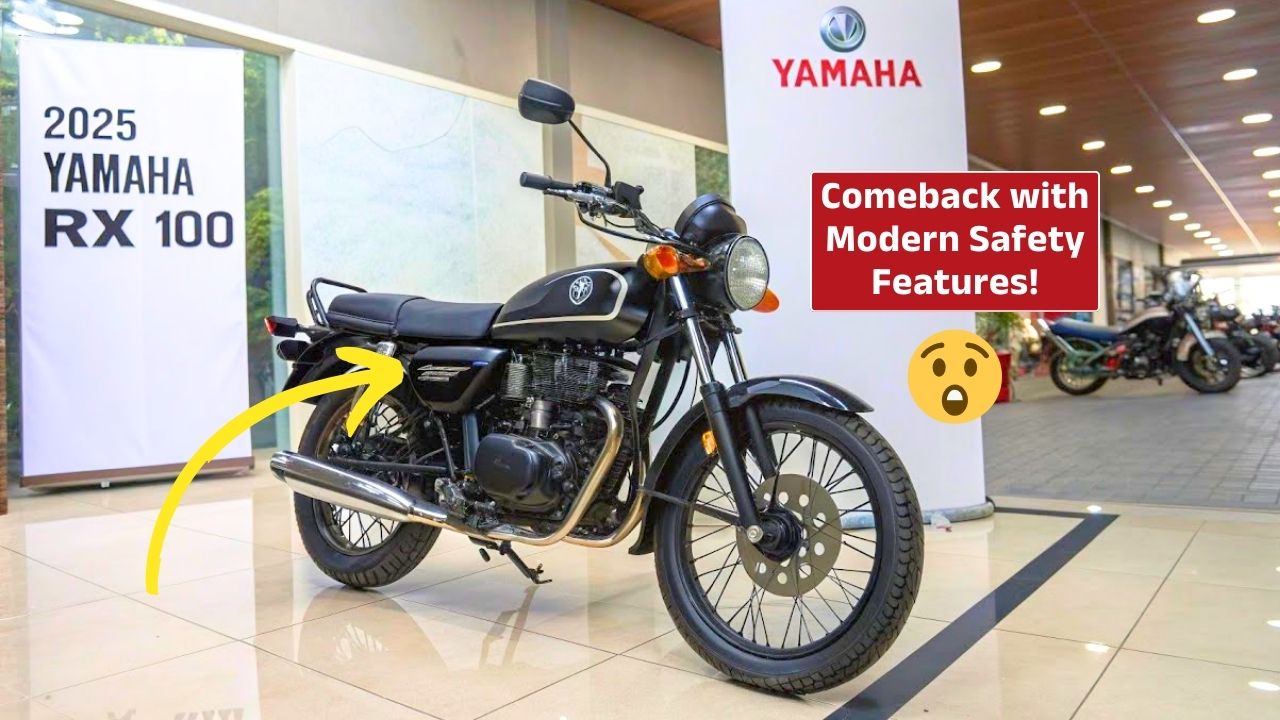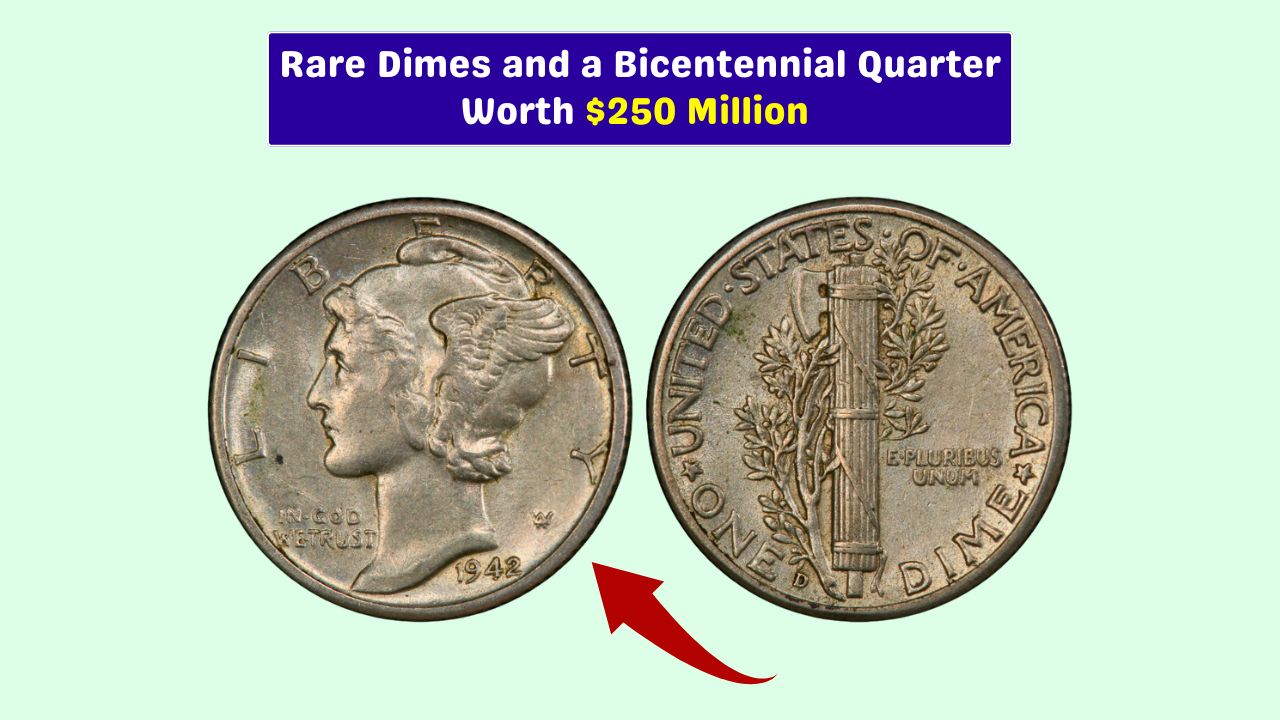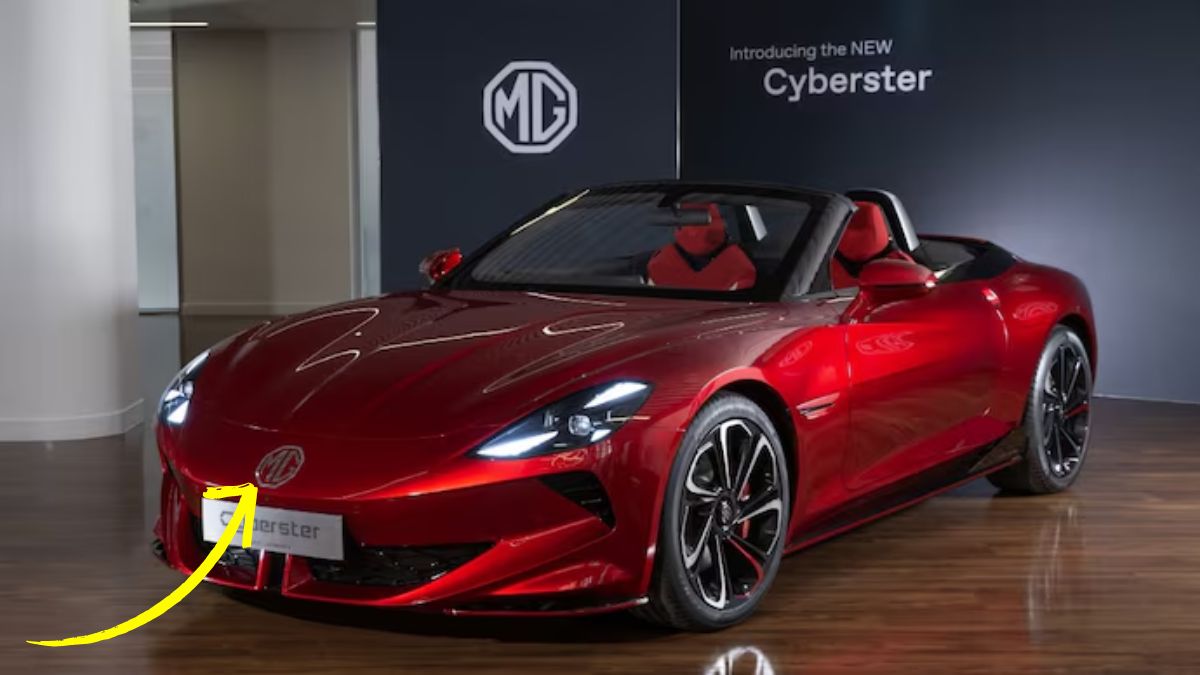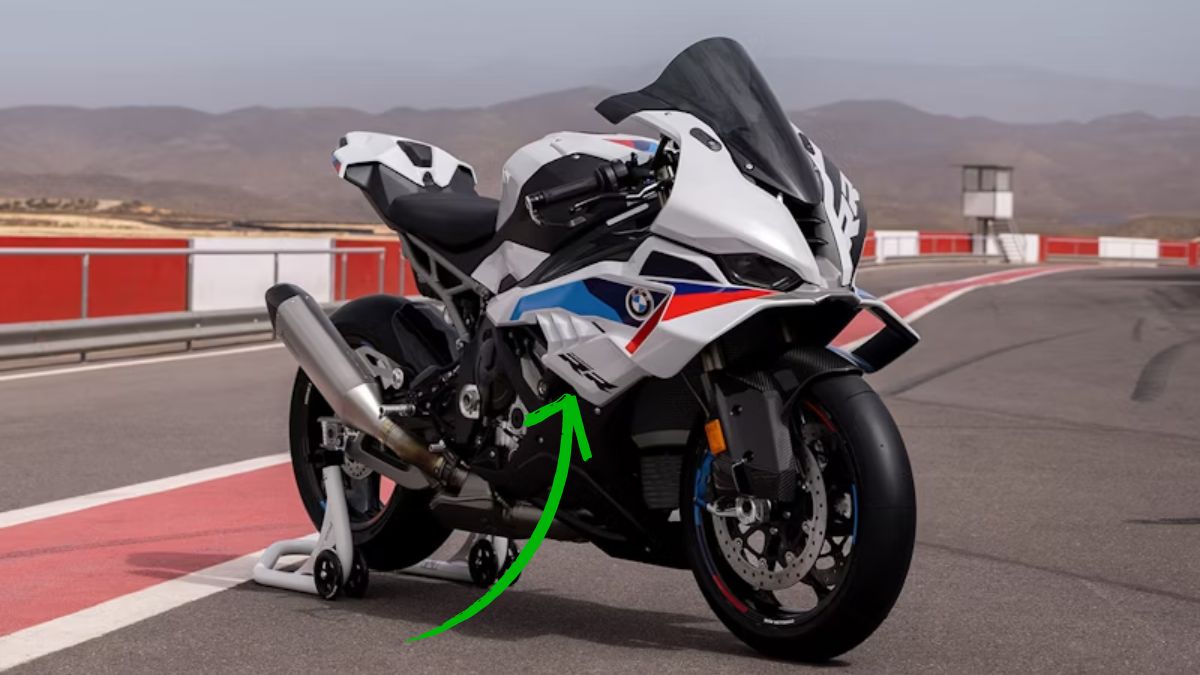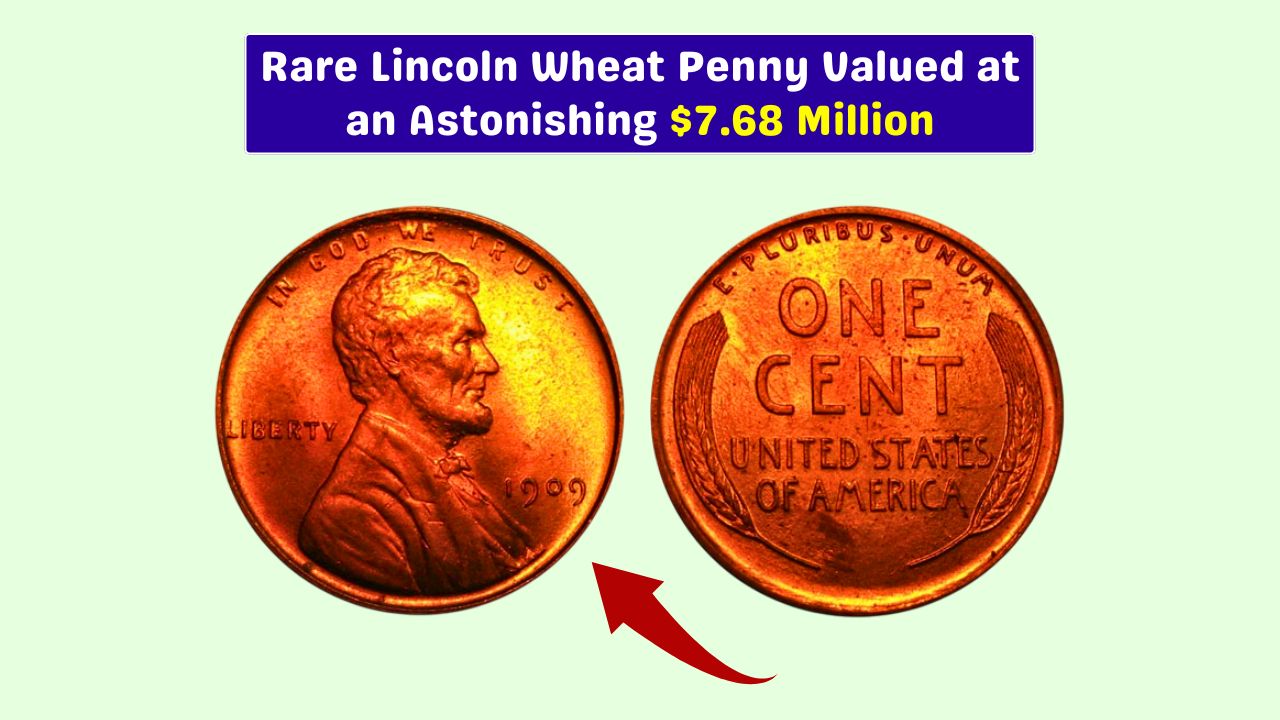The Yamaha RX100 isn’t just a motorcycle it’s a legacy. Known for its raw power, lightweight build, and iconic exhaust note, the RX100 left an indelible mark on the Indian two-wheeler industry. First launched in the mid-1980s, it quickly gained cult status among riders for its incredible acceleration and reliable performance.
Whether you’re a nostalgic fan or a curious new enthusiast, the RX100 continues to fascinate with its classic charm and no-nonsense engineering. Even decades after its discontinuation, its popularity refuses to fade, making it one of the most sought-after retro bikes in India.
Table of Content
- 1 Evolution of the Yamaha RX100 Over the Years
- 2 Engine and Performance Specifications
- 3 Design & Aesthetics
- 4 Why the Yamaha RX100 Was Discontinued
- 5 Yamaha RX100 Modified Editions
- 6 Yamaha RX100 Relaunch News and Expectations
- 7 Buying a Used Yamaha RX100
- 8 Yamaha RX100 Maintenance Guide
- 9 Community and Fanbase
- 10 Pros and Cons of the Yamaha RX100
- 11 The RX100 Legacy Lives On
- 12 Frequently Asked Questions (FAQs)
Evolution of the Yamaha RX100 Over the Years
The Original Launch in India
The Yamaha RX100 was launched in India in 1985 in collaboration with Escorts Group. The market at the time was dominated by sluggish 2-stroke bikes, but the RX100 broke the mold with its quick throttle response, lightweight design, and bold aesthetics. Riders were blown away by its acceleration, a rare feature in commuter bikes back then.
Global Popularity and Cult Status
Although its primary market was India, the RX100 gained international attention among retro bike lovers. Countries like Sri Lanka, Nepal, and parts of Southeast Asia saw imports and personal imports that spread the RX100 legacy beyond borders. Even today, bike expos around the world often showcase pristine RX100s.
Engine and Performance Specifications
Two-Stroke Powerhouse
At the heart of the RX100 lies a 98cc air-cooled, 2-stroke, single-cylinder engine that produces approximately 11 BHP at 7500 RPM and 10.39 Nm of torque at 6500 RPM. While these numbers may seem modest by today’s standards, back then, this engine was an absolute rocket in a featherweight chassis. The two-stroke setup offered quick throttle response, minimal lag, and thrilling rides.
Mileage and Fuel Efficiency
Despite its performance-oriented nature, the Yamaha RX100 provided a decent mileage of 35–45 km/l, depending on riding habits. For a 2-stroke bike, this was considered efficient, adding to its practical appeal.
Design & Aesthetics
Retro Appeal
The RX100’s design is a nod to minimalism and elegance. With its chrome-plated mudguards, round headlamp, and classic fuel tank, the bike screams retro cool. The timeless styling has ensured that it remains desirable even today, especially among collectors and vintage bike restorers.
Build Quality and Durability
Built to last, the RX100 featured a strong frame, reliable engine components, and durable plastics and metals. Many units from the 80s and 90s are still running smoothly on roads, a testament to its enduring build quality.
Why the Yamaha RX100 Was Discontinued
Emission Norms and Regulatory Challenges
The primary reason for discontinuation in 1996 was stricter emission norms in India. Two-stroke engines are inherently less environmentally friendly, and with the advent of Bharat Stage (BS) Emission Standards, Yamaha had to phase out the RX100.
Market Dynamics and Competition
By the mid-90s, four-stroke motorcycles began taking over the Indian market due to their superior fuel economy and lower emissions. Brands like Hero Honda and Bajaj were quick to pivot, pushing Yamaha into a corner.
Yamaha RX100 Modified Editions
Café Racer Conversions
One of the most popular forms of RX100 customization is converting it into a café racer. Enthusiasts strip down the frame, add a custom seat, and tweak the handlebars to give the bike a sportier and retro-modern look.
Scrambler and Tracker Variants
Others go the scrambler or tracker route, adding chunky tires, raised exhausts, and minimalist bodywork to make the RX100 suitable for off-road fun. These builds are quite popular in India’s custom motorcycle scene.
Yamaha RX100 Relaunch News and Expectations
Expected Features in the New RX100
In recent years, Yamaha has teased the idea of bringing back the RX100 name. While it’s expected that a 4-stroke engine compliant with BS6/Euro 5 norms would replace the original 2-stroke unit, fans hope the lightweight chassis, retro design, and thrilling performance will remain intact.
Modern Retro Motorcycle Trends
With bikes like the Royal Enfield Hunter 350, Jawa 42, and Honda CB350 gaining traction, the stage is set for Yamaha to re-enter the retro segment. The market is ripe, and a modern RX100 could be a game-changer.
Buying a Used Yamaha RX100
Price Trends and Availability
A used RX100 in good condition can fetch anywhere from ₹25,000 to ₹1.5 lakh, depending on originality, condition, and custom work. Pristine and unmodified versions are rarer and command a premium.
Checklist Before You Buy
- Engine Condition: Look for smooth starting and consistent power delivery
- Frame & Rust Check: Ensure there’s no structural damage
- Authenticity: Verify parts like carburetor, silencer, and tank for originality
- Documentation: Check for RC, insurance, and pollution certificate
Yamaha RX100 Maintenance Guide
Spare Parts Availability
Thanks to its cult status, aftermarket and original spares for the RX100 are still available in many Indian cities and online marketplaces. Platforms like OLX, eBay, and dedicated Yamaha forums often list rare parts.
DIY Maintenance Tips
- Clean the carburetor monthly for peak performance
- Regularly check the 2T oil levels
- Lubricate the chain and clutch cable frequently
- Clean and gap the spark plug every 500 km
Community and Fanbase
Restoration Projects
Social media is full of heartwarming RX100 restoration stories where decades-old bikes are brought back to life. Many enthusiasts document their rebuilds on YouTube and Instagram, offering inspiration and tutorials.
Events and Meetups
From local ride-outs to national-level RX100 rallies, fan events are a great way for like-minded people to share tips, swap parts, and celebrate the bike’s legacy.
Pros and Cons of the Yamaha RX100
| Pros | Cons |
|---|---|
| Lightweight and agile | Poor fuel economy by modern standards |
| Iconic design and sound | Not environment-friendly |
| Easy to customize | Original parts getting scarce |
| High resale value | Lacks modern safety features |
The RX100 Legacy Lives On
The Yamaha RX100 isn’t just a motorcycle; it’s a symbol of speed, style, and simplicity. Even decades after its discontinuation, it continues to capture the hearts of motorcyclists across generations. Whether it returns in a modern avatar or remains a vintage treasure, the RX100’s legacy is here to stay.
Frequently Asked Questions (FAQs)
Is the Yamaha RX100 coming back?
Yamaha has hinted at reviving the RX100, but it will likely feature a 4-stroke engine and modern updates.
Why was the RX100 discontinued?
It was discontinued due to strict emission norms and the shift toward 4-stroke engines.
What is the mileage of Yamaha RX100?
The RX100 offers a mileage of 35–45 km/l under standard riding conditions.
How much does a used RX100 cost?
Prices range from ₹25,000 to ₹1.5 lakh, depending on condition and originality.
Can I still find RX100 spare parts?
Yes, spare parts are available through dealers, online platforms, and bike enthusiast groups.
What makes the RX100 so special?
Its lightweight frame, powerful 2-stroke engine, and timeless design contribute to its cult status.

